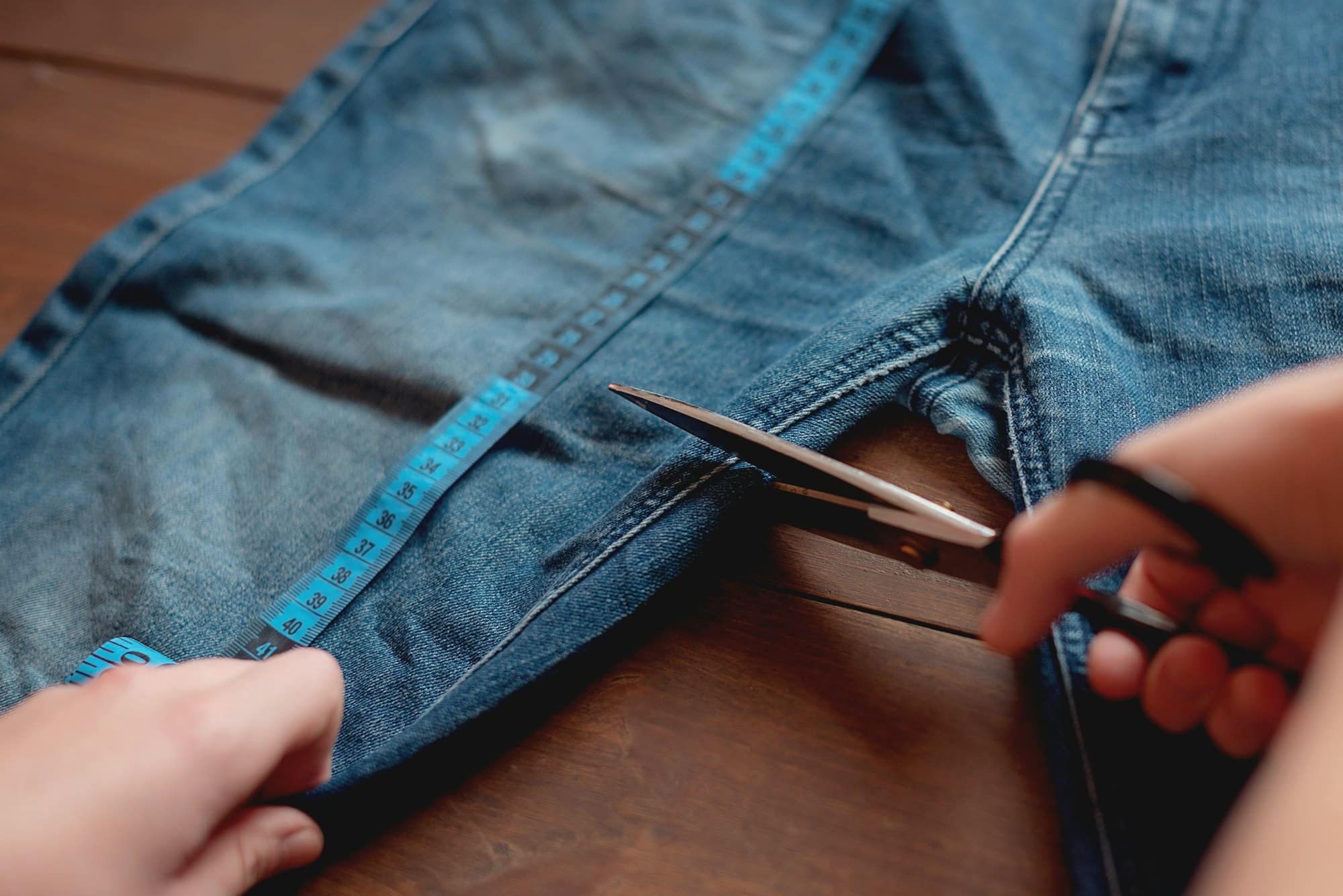How Can Upcycling Initiatives Reduce the UK’s Fashion Industry Waste?

The UK is renowned globally for its fashion industry that cultivates creativity and embraces innovation. However, alongside such artistic prowess, there lies a dark side. The fashion industry is one of the leading contributors to global waste, environmental degradation, and a significant contributor to the UK’s carbon footprint. However, the growing concern about the fashion industry’s environmental impact has triggered a seismic shift towards sustainability. This article will delve into how upcycling initiatives can help reduce the UK’s fashion industry waste.
The Impact of the Fashion Industry on the Environment
The fashion industry’s environmental impact is a pressing concern that is being increasingly spotlighted. It’s not just about the waste produced by the industry, but also the carbon emissions and water consumption associated with producing and transporting clothes.
Sujet a lire : Unlocking exciting casino promotions across the uk
According to the Ellen MacArthur Foundation, the global fashion industry produces more carbon emissions than international flights and maritime shipping combined. The foundation also states that over half of fast fashion garments are thrown away in less than a year, creating enormous amounts of waste.
In the UK, approximately 350,000 tonnes of clothing end up in landfill each year. The situation is exacerbated by the ever-changing nature of fashion trends, prompting consumers to continually update their wardrobes, thus compounding the waste problem.
A lire en complément : How to Implement Sustainable Land Management Practices in UK’s Rural Areas?
The Role of Upcycling in Reducing Fashion Industry Waste
The concept of upcycling is not new but has gained significant momentum in recent years. It involves converting waste materials or useless products into new materials or products of better quality or environmental value.
In the context of the fashion industry, upcycling can reduce waste and environmental impact by turning discarded garments into new, wearable pieces. It can divert waste from landfills, reduce carbon emissions associated with producing new clothes, and even lead to a more circular economy.
Several brands in the UK have begun to incorporate upcycling into their business model. For instance, Elvis & Kresse, a British brand, transforms discarded fire hoses into luxury accessories, while Antiform, another UK brand, uses reclaimed materials to create stylish and unique clothing.
Promoting Sustainable and Circular Economy in the Fashion Industry
The shift towards sustainability and a circular economy is vital in reducing the waste produced by the fashion industry. The circular economy involves reducing, reusing, and recycling materials to keep them in use for as long as possible and extract the maximum value from them.
Many brands are now incorporating recycled materials into their clothes. For example, Patagonia, a US outdoor clothing brand, has pioneered the use of recycled polyester and organic cotton in its products. Similarly, UK brand Rapanui uses organic materials and renewable energy in its supply chain, and it offers a clothes recycling service where customers can return their old garments for store credit.
Moreover, fashion brands are pioneering ways to promote sustainable consumer behaviour. Renting clothes, for instance, is a growing trend that can significantly reduce waste. Brands like Hurr Collective and My Wardrobe HQ offer rental services of high-end fashion items, encouraging more sustainable consumption patterns.
Empowering Consumers Towards Sustainable Fashion Choices
The role of consumers in reducing fashion industry waste should not be underestimated. Consumer demand is a powerful driver of industrial practices and can influence brands to make more sustainable choices.
Many consumers are already choosing to buy less and buy better, seeking out brands that value sustainability. However, there is still much to be done to raise awareness of the environmental impact of the fashion industry and promote sustainable consumption.
Educating consumers about the benefits of upcycling, for instance, can encourage them to seek out upcycled products or even upcycle their clothes. Many companies are now offering workshops and tutorials on how to upcycle, providing consumers with the skills and knowledge needed to reduce their personal clothing waste.
Legislation and Policy Interventions
Government policy and legislation also play a crucial role in promoting sustainability and reducing waste in the fashion industry. They can provide incentives for brands to adopt sustainable practices and penalties for those who do not comply with environmental standards.
In the UK, the Environmental Audit Committee has called for a 1p charge on each garment sold, to raise money for investment in better recycling processes. Moreover, some UK policymakers have advocated for a ban on landfilling unsold clothes.
Further, the fashion industry should be included in the circular economy package, which requires companies to be responsible for the waste they produce. This could encourage brands to design products that are easier to recycle, promote reuse, and reduce waste.
Transitioning to Ethical Fashion Business Models
Weaving sustainability into the business models of fashion brands is a key step towards reducing the environmental impact of the industry. The traditional linear model of "take-make-dispose" perpetuates a cycle of waste and pollution. In contrast, ethical fashion business models prioritise environmental stewardship and social responsibility.
One of the promising models is the circular fashion approach. This model envisions a closed-loop system where waste is minimised through the continuous circulation of resources. It involves the application of sustainable material sourcing, efficient use of resources in production, and effective waste management like textile recycling and upcycling.
Brands like Mud Jeans and Worn Again are at the forefront of this revolution. Mud Jeans leases jeans to customers and takes them back for recycling at the end of their use. Worn Again’s innovative technology can separate, decontaminate and extract polyester and cotton from discarded clothing and textiles, converting them back into new, high-quality raw materials.
However, transition to these models is not without challenges. It requires a significant shift in supply chain management, manufacturing processes, and consumer behaviour. It also necessitates investment in research and development of new materials and recycling technologies.
Implementing a Robust Clothing Action Plan
The UK fashion industry can significantly reduce waste by implementing a robust clothing action plan. Such a plan should provide a comprehensive roadmap for a transition towards sustainable fashion, addressing every stage of the clothing life cycle, from design and production to consumption and disposal.
The plan should promote design strategies that extend the life of garments such as modularity, repairability, and upgradability. It should also encourage the use of sustainable materials and low-impact manufacturing processes.
At the consumption stage, the plan should promote responsible buying habits among consumers. It should also encourage the development of services that extend the use of clothes, like rental and repair services.
Finally, the plan should address the end-of-life stage of clothes. It should encourage textile recycling and the development of markets for recycled materials. It should also promote practices like donating and swapping clothes to divert them from landfills.
Conclusion: Towards a Sustainable Fashion Future
The UK’s fashion industry, known for its creativity and innovation, now stands at a pivotal point. The urgency to address its environmental impact is increasingly apparent, and the shift towards sustainability fashion is no longer optional but necessary.
Upcycling initiatives, transitioning to circular fashion business models, and implementing a robust clothing action plan are all critical steps towards reducing the industry’s waste and carbon footprint. Moreover, each player in the fashion industry, from designers and manufacturers to consumers and policymakers, has a crucial role to play in this sustainability journey.
As we combat the global challenges of waste management and climate change, let us remember that every decision we make in the fashion industry can contribute to a more sustainable and equitable world. The time for action is now. Let us embrace the opportunity to transform the fashion industry into a force for good, paving the way for a sustainable fashion future.
